Conteúdo
O e-mail continua sendo uma das plataformas de comunicação mais poderosas para alcançar e interagir com seu público. No entanto, o simples envio de uma mensagem geral para todos em sua lista não está apenas desatualizado, mas é ineficaz.
Ignorar a segmentação é como gritar "Ei, você!" em uma sala lotada e esperar que a pessoa certa se vire. Embora você possa chamar a atenção de alguém, é improvável que seja o tipo certo.
Seu público é formado por indivíduos com interesses, necessidades e comportamentos variados. Sua estratégia de e-mail deve refletir essa diversidade para se conectar verdadeiramente com cada assinante.
Neste artigo, exploraremos essa questão: Por que a segmentação é importante em marketing por e-mail com respostas sobre como ele pode transformar suas campanhas.
Compartilharemos 25 estratégias comprovadas para ajudá-lo a implementar a segmentação de forma eficaz, aumentando suas taxas de abertura, gerando mais conversões e, por fim, tornando seus e-mails mais relevantes e impactantes para seus assinantes.
Por que a segmentação é importante no marketing por e-mail?
Conseguir que alguém se inscreva em sua lista de e-mails é uma vitória, mas é apenas o começo de sua conversa.
Seus assinantes podem ter se cadastrado para saber mais sobre o que você oferece, mas é aí que as semelhanças terminam. Cada pessoa em sua lista tem interesses, necessidades e motivações diferentes.
É nesse ponto que a segmentação se torna sua arma secreta.
Ao dividir sua lista em grupos específicos com base em interesses, comportamentos e motivos para se inscrever, você pode criar e-mails que pareçam ter sido escritos especialmente para eles.
Os profissionais de marketing experimentam um aumento de até 760% na receita por meio de campanhas segmentadas. - Monitor de campanha
Quando seus e-mails falam diretamente sobre o que interessa aos seus assinantes, você não está apenas enviando mensagens - está criando conexões. E essas conexões? Elas levam a mais aberturas, mais cliquese mais ações.
25 estratégias de segmentação de e-mail para experimentar em sua próxima campanha
Para causar um impacto real com seu marketing por e-mailSe você não tem uma abordagem de tamanho único, precisa ir além. Seus assinantes não são todos iguais, portanto, seus e-mails também não devem ser.
Ao segmentar sua lista de e-mails, você pode enviar mensagens mais relevantes e significativas, aumentando as chances de seu público se envolver com seu conteúdo.
A segmentação permite que você direcione seus assinantes com base em fatores importantes, como comportamento, dados demográficos, localização e em que ponto da jornada eles estão com sua marca.
Essa abordagem direcionada garante que seus e-mails não sejam apenas enviados, mas que sejam vistos, compreendidos e acionados.
Agora, vamos explorar 25 estratégias de segmentação que podem ajudá-lo a adaptar suas campanhas de forma mais eficaz e gerar melhores resultados.
Segmentação de e-mail comportamental
A segmentação comportamental consiste em entender como seu público interage com seu conteúdo, seja clicando em links de afiliados, interagindo com seus e-mails ou navegando em seu site.
- Cliques em links de afiliados: Acompanhe em quais links de afiliados seus assinantes estão clicando com mais frequência. Esses dados podem ajudá-lo a identificar as preferências e os interesses dos produtos deles, permitindo que você envie e-mails direcionados que promovam produtos semelhantes ou complementares, aumentar a probabilidade de uma venda.
- Engajamento por e-mail: Monitore como seu público interage com seus e-mails atuais - eles os abrem, clique nos linksou ignorá-los? Ao segmentar com base nesse comportamento, você pode recompensar seus assinantes mais engajados com ofertas exclusivas ou acesso antecipado a novos produtos de afiliados, mantendo-os interessados e fiéis.
- Interação de conteúdo: Preste atenção em quais postagens de blog, artigos ou outros conteúdos em seu site são Obtendo o máximo de tráfego. Se um assinante visita com frequência conteúdo sobre um nicho específico, você pode adaptar suas promoções por e-mail para destacar produtos afiliados relacionados a esse interesse.
- Acionadores de eventos: Ações específicas, como clicar em um link de afiliado, mas não fazer uma compra, podem acionar e-mails de acompanhamento. Essas mensagens direcionadas podem incluir incentivos adicionais ou recomendações de produtos semelhantes para incentivar o assinante a retornar e concluir a compra.
- Atualizações de produtos: Se estiver promovendo produtos que são atualizados regularmente ou que têm novas versões, mantenha seu público informado. Segmente sua lista para segmentar aqueles que demonstraram interesse nesses produtos e envie a eles atualizações ou promoções das últimas ofertas.
Dica: Descubra o que impulsiona os cliques com as percepções comportamentais do PrettyLinks
Monitore seus links de afiliados no PrettyLinks para ver quais produtos estão recebendo mais atenção - e de quem. Em seguida, crie uma campanha de e-mail para ampliar ainda mais esse interesse.
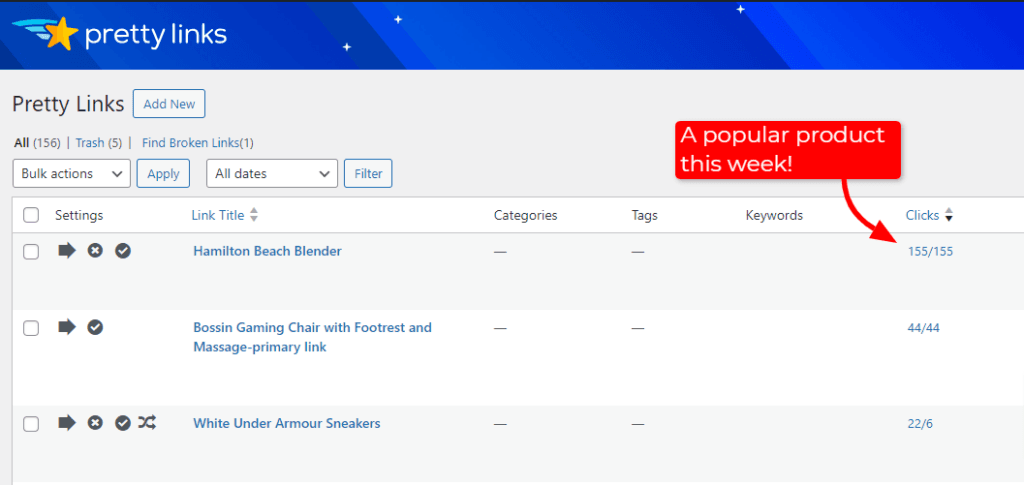
Segmentação demográfica
A segmentação demográfica permite que você divida sua lista de e-mails com base em fatores-chave como idade, sexo, profissão e nível de escolaridade.
- Idade: Grupos etários diferentes têm comportamentos de compra e preferências de conteúdo exclusivos. Ao segmentar por idade, você pode enviar promoções e mensagens que se alinham com o estágio de vida dessas pessoas, seja oferecer descontos para estudantesprodutos voltados para a família ou serviços de planejamento de aposentadoria - garantindo que seu conteúdo seja relevante e acionável.
- Gênero: Homens e mulheres costumam reagir de forma diferente a estratégias de marketing. Ao segmentar por gênero, você pode criar campanhas que atendam a essas diferenças, como a promoção de produtos específicos para cada gênero ou o destaque de aspectos do seu serviço que atraem mais um gênero, o que leva a um maior envolvimento e vendas.
- Ocupação: Compreender as profissões dos seus assinantes permite que você personalize o conteúdo que atenda diretamente às necessidades relacionadas ao trabalho deles. Por exemplo, você pode oferecer dicas de progressão na carreira para profissionais ou promover soluções de negócios para empreendedorestornando seus e-mails mais relevantes e valiosos.
- Nível de escolaridade: Os assinantes com diferentes formações educacionais podem ter níveis variados de familiaridade com seu produto ou serviço. Ao segmentar por nível de escolaridade, você pode ajustar a complexidade do seu conteúdo, garantindo que seus e-mails sejam acessíveis e facilmente compreendidos por todos.
Dica: Colete detalhes demográficos para a segmentação de e-mails usando a mídia social
A mídia social é perfeita para dar um rosto e uma personalidade ao seu público. Use postagens interativas, como enquetes, questionários ou sugestões de discussão, para interagir com seus seguidores.
Em seguida, examine quem está interagindo e explore seus perfis sociais para obter insights sobre seus detalhes demográficos.
Pegue esta postagem no Facebook do BuzzFeed Quiz por exemplo, que pede aos seguidores que comentem sua opinião sobre o estilo "mom jeans".
Essa pergunta não apenas estimula o envolvimento, mas também pode fornecer sutilmente insights sobre as faixas etárias dos seus seguidores com base nas respostas deles.
Usando pesquisas lúdicas como essa, você pode obter insights valiosos e criar campanhas de e-mail direcionadas que se alinham com as preferências e experiências de cada faixa etária.
Segmentação geográfica
Alcançar seu público onde ele mora - literalmente - pode causar um impacto significativo na eficácia de suas campanhas de e-mail. A segmentação geográfica permite que você personalize seus e-mails com base na localização de seus assinantes, garantindo que suas mensagens repercutam em diferentes regiões.
- País ou região: Cada região tem suas próprias preferências culturais e dinâmicas de mercado. Ao segmentar sua lista por país ou região, você pode criar conteúdo que repercuta nos públicos locais, seja destacando produtos específicos da região, ofertas sazonais ou mensagens culturalmente relevantes.
- Diferenças de fuso horário: O tempo é tudo em marketing por e-mail. Ao considerar os fusos horários de seus assinantes, você pode garantir que seus e-mails cheguem às caixas de entrada deles nos momentos mais oportunos. Seja uma oferta de manhã cedo ou uma venda tarde da noite, programar seus e-mails para coincidir com os horários de pico de atividade pode aumentar significativamente as taxas de abertura e de cliques.
- Padrões climáticos locais: O clima desempenha um papel importante no comportamento do consumidor. Ao levar em conta as condições climáticas locais, você pode promover produtos ou serviços que sejam imediatamente relevantes. Por exemplo, se uma determinada área estiver passando por uma onda de calor, destacar produtos de refrigeração ou essenciais para o verão pode gerar interesse e vendas mais imediatos.
Dica: Direcione os assinantes para produtos específicos da região com links segmentados geograficamente
Com os redirecionamentos geográficos do PrettyLinks, você pode criar links baseados em localização que se ajustam às localizações de seus assinantes de e-mail.
Por exemplo, você pode usar um termo de produto amplo como "vestuário olímpico" em seu e-mail. O PrettyLinks direcionará os assinantes dos EUA para os equipamentos da Equipe dos EUA, enquanto os assinantes da França verão suas recomendações de produtos da Equipe da França.
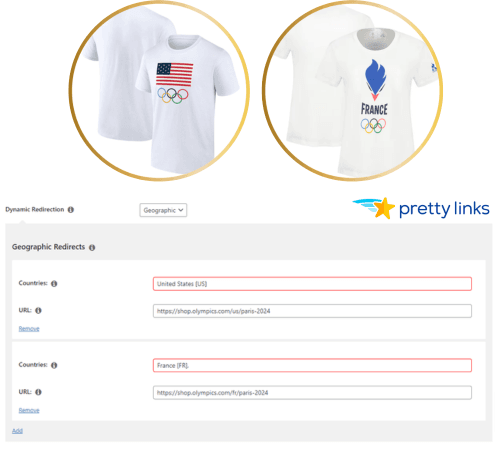
Segmentação tecnográfica
A segmentação tecnográfica permite que você personalize seus e-mails com base nos dispositivos, sistemas operacionais e navegadores específicos que seus assinantes usam, garantindo que Seu conteúdo é acessível e envolvente.
- Uso do dispositivo: Independentemente de seus assinantes verificarem os e-mails em seus telefones ou em um desktop, saber a preferência de dispositivo deles permite que você crie um conteúdo que se adapte perfeitamente ao tamanho da tela. Os usuários de celular podem gostar de e-mails concisos e visualmente atraentes, enquanto os usuários de desktop podem se envolver melhor com conteúdo mais detalhado.
- Sistemas operacionais: Cada sistema operacional - seja Windows, macOS, iOS ou Android - tem suas próprias características. Ao alinhar seu conteúdo com os sistemas operacionais que seu público-alvo usa, você pode fornecer dicas, truques ou recomendações de produtos relevantes que se encaixam na configuração dele.
- Preferência de navegador: Navegadores diferentes podem exibir o conteúdo de maneiras diferentes. Saber se o seu público usa principalmente o Chrome, o Safari ou o Firefox permite que você otimize seus e-mails para esses navegadores, garantindo uma navegação tranquila, experiência consistente do usuário sem nenhum problema frustrante de exibição.
Dica: melhore a experiência do usuário com links direcionados para dispositivos e navegadores
Alavancagem Redirecionamentos baseados na tecnologia PrettyLinks em seus e-mails para aprimorar a experiência do usuário.
Por exemplo, você pode direcionar automaticamente os assinantes que abrem seus e-mails em seus telefones para páginas otimizadas para dispositivos móveis. Da mesma forma, você pode redirecionar os usuários do Firefox para uma página otimizada especificamente para o navegador deles, garantindo a melhor exibição e o melhor desempenho possíveis.
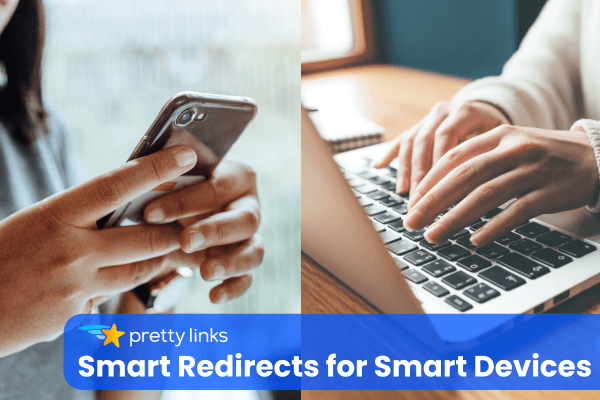
Segmentação psicográfica
A segmentação psicográfica leva marketing por e-mail para um nível mais profundo, concentrando-se nas características psicológicas de seus assinantes. Essa abordagem vai além dos dados demográficos básicos, permitindo que você se conecte com seu público em um nível mais pessoal e emocional.
- Interesses e hobbies: Entender os interesses dos seus assinantes pode ajudá-lo a criar mensagens que chamem a atenção deles. Por exemplo, se alguém gosta de fazer caminhadas, uma linha de assunto como "Gosta de fazer trilhas? Confira nossos equipamentos mais recentes projetados para aventuras ao ar livre" provavelmente chamará a atenção do usuário e resultará em taxas de cliques mais altas.
- Escolhas de estilo de vida: Adaptar seu conteúdo às escolhas de estilo de vida de seus assinantes pode fazer com que seus e-mails pareçam mais relevantes. Sejam eles entusiastas da boa forma, vegetarianos ou consumidores de luxo, alinhar suas mensagens com o estilo de vida deles ajuda você a se conectar em um nível que repercute na vida diária deles.
- Valores e atitudes: Segmentar seu público-alvo com base em valores compartilhados permite que você crie conteúdo que fale diretamente com o que é mais importante para eles. Seja destacando práticas sustentáveis, promovendo causas sociais ou apresentando tecnologia inovadora, alinhar seus e-mails com as crenças centrais de seus assinantes pode fortalecer seu relacionamento e promover a fidelidade à marca.
Dica: Descubra o que motiva seu público com as pesquisas da Jotform
Uso uma ferramenta como o Jotform para capturar detalhes psicográficos sobre seus usuários, como seus interesses, valores e escolhas de estilo de vida.
Por exemplo, convide os visitantes a preencher uma rápida pesquisa de produtos que explora como seus interesses e necessidades moldam seus hábitos de compra.
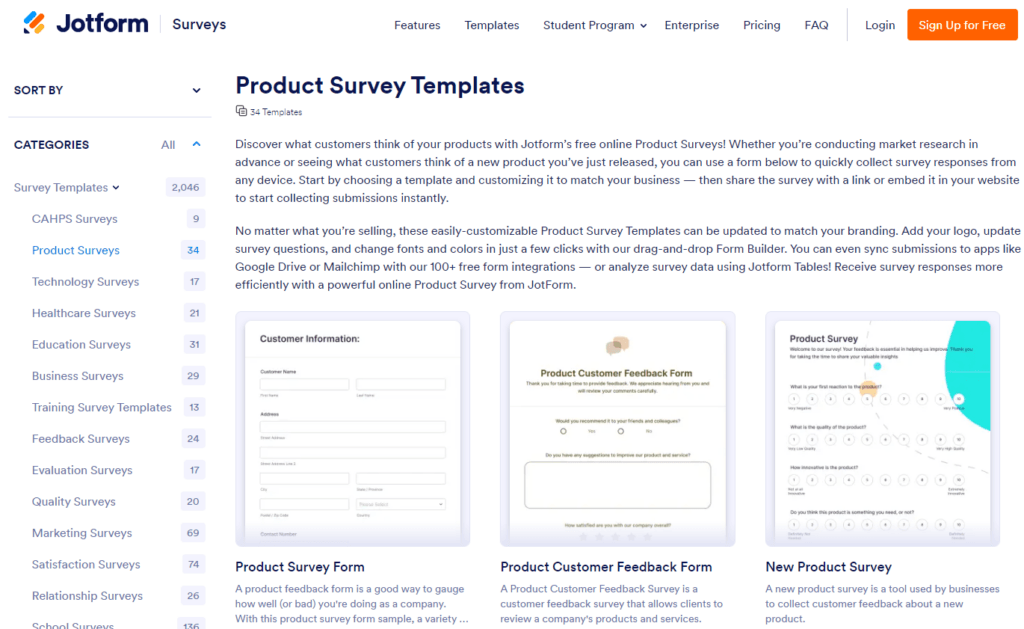
Essas informações permitem que você segmente seus e-mails de produtos de afiliados com precisão, garantindo que suas ofertas se alinhem perfeitamente com o que cada grupo realmente deseja.
Segmentação da jornada do cliente
A segmentação da jornada do cliente permite que você personalize seus e-mails com base no ponto em que cada assinante está no relacionamento com a sua marca. Por atender às suas necessidades específicas em cada estágio - Quer eles estejam apenas começando a conhecê-lo ou estejam com você há anos, você pode criar interações mais eficazes e significativas.
- Novos assinantes: Para aqueles que estão começando a jornada com sua marca, uma série de e-mails de boas-vindas pode definir o tom. Apresente sua marca, destaque os principais produtos ou serviços e informe-os sobre o que esperar em comunicações futuras. Isso ajuda a construir uma base sólida para seu relacionamento.
- Usuários ativos: Esses assinantes estão engajados e interessados, o que torna esse o momento perfeito para fornecer conteúdo valioso que os ajude a tomar decisões informadas. Quer se trate de guias de produtos, estudos de caso ou artigos de instruções, a oferta de informações relevantes os mantém engajados e avançando em sua jornada.
- Em risco de rotatividade (estágio de decisão): Alguns assinantes podem estar prestes a perder o interesse ou a se afastar. Identifique aqueles que não se envolveram com seus e-mails ou não fizeram uma compra recentemente e envie a eles mensagens direcionadas com ofertas especiais, lembretes ou incentivos para reacender o interesse deles e mantê-los conectados à sua marca.
- Clientes inativos: Para aqueles que saíram do radar, o reengajamento é fundamental. Direcione esses assinantes com ofertas exclusivas ou atualizações sobre novos produtos para lembrá-los do que estão perdendo e incentivá-los a se reconectar com a sua marca.
Leia mais em >> Um guia para iniciantes sobre funis de conversão (e como otimizar o seu)
Dica: Transforme visitantes em assinantes com os formulários de inscrição da OptinMonster
Aumente sua lista de e-mails sem esforço, como Adam Enfroy fez com OptinMonsterCrie pop-ups ou formulários incorporados que tenham como alvo novos visitantes.
Fato curioso: o exemplo de opt-in do Adam acima gerou mais de 11.000 novos assinantes em sua lista em apenas um ano!
Você pode fazer o mesmo oferecendo um incentivo valiosocomo um eBook gratuito ou acesso a conteúdo exclusivo, para incentivar os visitantes do site a se inscreverem na sua lista de e-mails.
Datas especiais
Reconhecer e comemorar datas especiais na vida de seus assinantes é uma maneira poderosa de adicionar um toque pessoal às suas campanhas de e-mail. A segmentação por datas especiais permite que você adapte suas mensagens a esses momentos importantes, mostrando aos seus assinantes que você os valoriza e aprecia.
- Aniversários: Um aniversário é uma oportunidade perfeita para fazer com que seus assinantes se sintam especiais. Envie e-mails personalizados no aniversário deles com ofertas exclusivas, descontos ou brindes para comemorar o dia. Esse simples gesto pode criar uma conexão emocional positiva e incentivá-los a engajar-se com sua marca.
- Aniversários de assinatura: Marcar o aniversário de quando um assinante entrou na sua lista ou fez a primeira compra é outra forma de demonstrar apreço. Reconheça esse marco oferecendo prêmios especiais, descontos ou conteúdo exclusivo. É uma ótima maneira de agradecê-los pela fidelidade e incentivar o envolvimento contínuo.
- Gatilhos sazonais ou relacionados a feriados: Alinhamento de suas campanhas de e-mail com os principais feriados As campanhas de férias e as estações do ano podem criar conteúdo oportuno e relevante que repercuta entre seus assinantes. Seja uma promoção de fim de ano, dicas sazonais ou promoções temáticas, essas campanhas podem aproveitar o espírito festivo e aumentar o engajamento.
Dica: Transforme a coleta de dados em um deleite com formulários e e-mails temáticos
Criação de uma comunidade on-lineA pesquisa de mercado, seja ela gratuita ou paga, é uma das melhores maneiras de realmente entender seu público e promover conexões.
Durante o processo de inscrição, você pode coletar informações valiosas sobre seus membros, o que lhe permite adaptar uma experiência de associação personalizada para cada indivíduo.
Outro ponto forte do OptinMonster é sua capacidade de criar campos de formulário personalizados para coletar informações específicas de cada pessoa que preenche o formulário, como data de aniversário, aniversários e interesses.
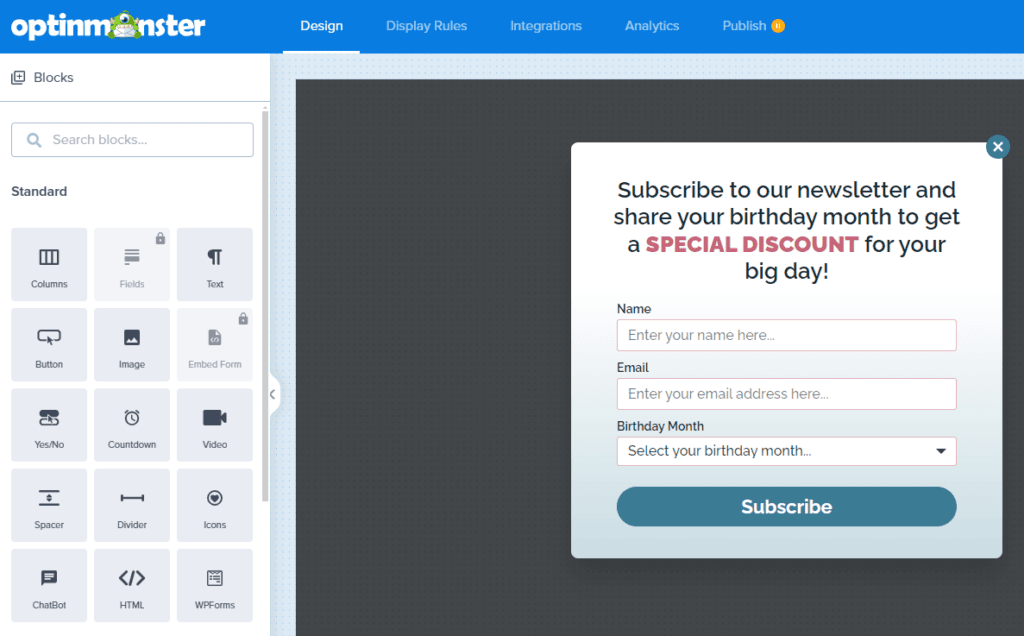
Ao colocar esses formulários estrategicamente em páginas de alto tráfego ou em momentos importantes da jornada do usuário, você pode converter efetivamente mais visitantes em assinantes engajados.
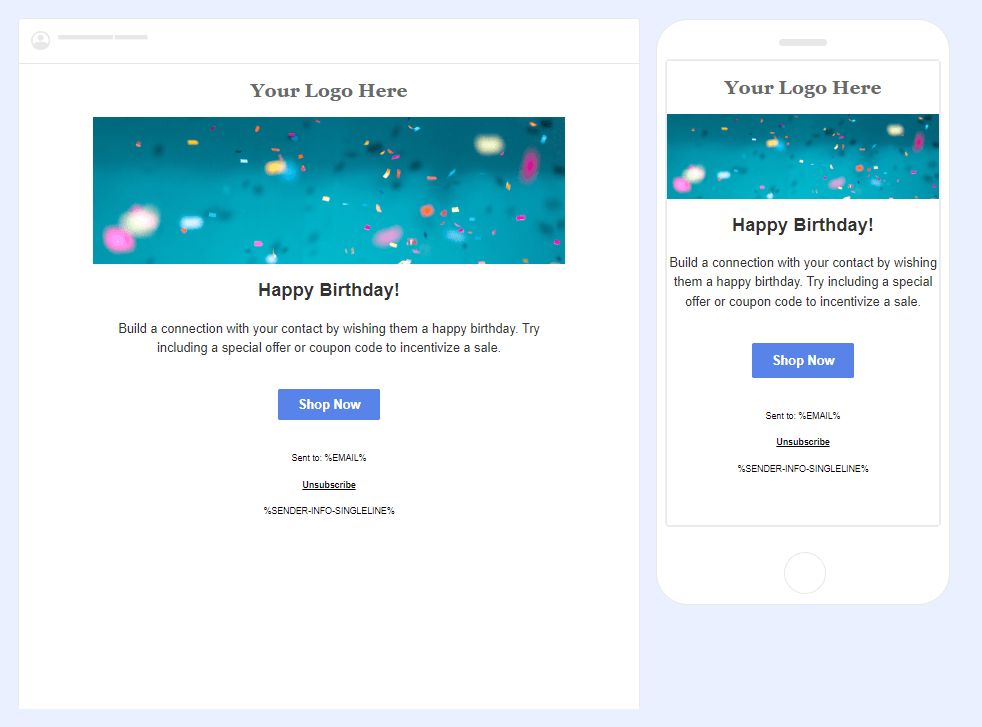
Além disso, muitas plataformas de marketing por e-mail, incluindo ActiveCampaignAlém disso, a empresa oferece modelos pré-fabricados, incluindo designs com temas festivos, o que torna rápido e fácil o lançamento de campanhas segmentadas festivas.
Como implementar essas estratégias de segmentação de e-mail (ferramentas adicionais para experimentar)
Ao longo desta publicação, mencionamos várias ferramentas úteis de segmentação. Mas aqui está uma lista de referência rápida com ainda mais opções para ajudá-lo a coletar dados de usuários, rastrear comportamentos e enviar e-mails bem segmentados.
1. Coleta e análise de dados do assinante
A coleta e a análise dos dados dos assinantes são fundamentais para entender seu público e criar campanhas que realmente se conectem.
As ferramentas de CRM tornam esse processo um pouco mais fácil, ajudando-o a reunir informações detalhadas, como dados demográficos, preferências e comportamentos, e depois usando esses dados para personalizar seus esforços de marketing por e-mail.
Começando com formulários ou pesquisas personalizados, você pode obter insights essenciais sobre seus assinantes desde o momento em que eles chegam ao seu site.
Depois de coletar esses dados, as ferramentas de CRM o ajudam a analisá-los e organizá-los, facilitando a adaptação de suas mensagens e ofertas a cada assinante.
Nossas ferramentas de CRM mais escolhidas:
- HubSpot CRM: Simplifica a coleta de dados e automatiza campanhas de marketing personalizadas para manter seu público envolvido.
- Salesforce: Oferece insights profundos por meio de análises avançadas, ajudando você a ajustar suas estratégias de marketing com base nos dados dos assinantes.
- Cápsula: Organiza as informações e as interações dos clientes em um único local, permitindo segmentar facilmente os contatos e oferecer campanhas personalizadas que repercutem no seu público.
2. Rastreie o comportamento do usuário
Entender como os assinantes se envolvem com seu conteúdo é essencial para criar estratégias de marketing por e-mail que realmente repercutam. Ao monitorar as interações deles, seja a forma como navegam em seu site ou em quais links clicam, você pode obter insights valiosos sobre seus interesses e preferências.
O rastreamento do comportamento dos assinantes também ajuda a identificar padrões, como quais tópicos de conteúdo geram mais interesse ou quais produtos são vistos com frequência, mas não são comprados.
Com esses dados, você pode refinar suas mensagens, o tempo e as ofertas para que se alinhem melhor com o que interessa ao seu público. Esse nível de personalização aprimora a experiência do usuário e aumenta a probabilidade de conversões.
Nossas principais ferramentas de rastreamento de usuários:
- Google Analytics: Uma plataforma abrangente que oferece insights detalhados sobre o comportamento do usuário em seu site. O Google Analytics rastreia tudo, desde a origem dos visitantes até o que eles fazem em seu site, fornecendo uma visão clara de como eles se envolvem com seu conteúdo. Essas informações são valiosas para otimizar seu site e suas campanhas de e-mail para atender melhor às necessidades dos assinantes.
- ExactMetrics: Uma ferramenta fácil de usar que se integra ao Google Analytics, ExactMetrics fornece relatórios detalhados sobre o tráfego do site e o comportamento do usuário. Ele ajuda você a entender como os assinantes interagem com o seu conteúdo, desde as páginas que visitam até os links em que clicam, permitindo que você adapte suas estratégias de marketing com base em dados em tempo real.
- PrettyLinks: Essa ferramenta permite que você rastreie e monitore os cliques em seus links de afiliados, fornecendo informações sobre quais produtos e ofertas são mais atraentes para o seu público. Ao entender quais links estão gerando mais interesse, você pode ajustar suas promoções e sua estratégia de conteúdo para se concentrar naquilo a que seus assinantes de e-mail têm maior probabilidade de responder.
3. Escolha o sistema certo de marketing por e-mail
A peça final do quebra-cabeça do marketing por e-mail é selecionar o sistema certo para criar e enviar e-mails segmentados. Uma plataforma avançada de marketing por e-mail permitirá que você forneça conteúdo personalizado para cada segmento do seu público, garantindo que suas mensagens atendam aos interesses e às necessidades específicos deles.
Ao escolher uma plataforma de marketing por e-mail, considere os seguintes recursos:
- Segmentação avançada: A capacidade de segmentar seu público-alvo com base em vários critérios, como dados demográficos, comportamento, histórico de compras ou nível de envolvimento, é essencial para fornecer conteúdo relevante.
- Recursos de automação: Procure plataformas que permitam automatizar suas campanhas com base em acionadores, como ações do usuário, datas ou condições específicas. Isso pode economizar tempo e garantir que seus assinantes recebam e-mails oportunos e relevantes sem intervenção manual.
- Análises e relatórios: Análises detalhadas ajudam a entender o desempenho de suas campanhas em diferentes segmentos. Você pode ver quais e-mails estão gerando engajamento e conversões, o que lhe permite refinar sua estratégia ao longo do tempo.
Nossos sistemas de marketing por e-mail mais escolhidos:
- Keap: Uma plataforma popular e fácil de usar, o Keap oferece recursos robustos de segmentação e automação. Ele permite que você crie fluxos de trabalho complexos e automatizados que fornecem conteúdo personalizado com base no comportamento do assinante. Com suas ferramentas avançadas de geração de relatórios, você pode acompanhar o sucesso de cada segmento e ajustar sua estratégia conforme necessário.
- ConvertKit: Ideal para criadores e pequenas empresas, ConvertKit se destaca pela simplicidade e facilidade de uso e, ao mesmo tempo, oferece opções poderosas de segmentação e automação. Ele permite que você marque os assinantes com base em suas ações, facilitando o envio de e-mails direcionados que atendam a interesses ou comportamentos específicos. ConvertKit também oferece ferramentas de automação visual que permitem projetar fluxos de trabalho complexos com facilidade.
- ActiveCampaign: Conhecida por seus recursos avançados de automação, a ActiveCampaign oferece opções de segmentação profunda, permitindo que você crie campanhas de e-mail altamente personalizadas. Ele também se integra a uma ampla gama de ferramentas de CRM, permitindo que você combine o marketing por e-mail com o gerenciamento do relacionamento com o cliente para obter uma experiência perfeita. Os recursos robustos de análise e teste de divisão da ActiveCampaign ajudam você a ajustar suas campanhas para obter o máximo impacto.
Combinando essas ferramentas, você poderá implementar estratégias de segmentação de e-mail que atendam diretamente às necessidades e aos interesses do seu público, resultando em melhor envolvimento, mais conversões e relacionamentos mais sólidos com os clientes.
Conclusão
O marketing por e-mail eficaz depende de sua capacidade de se conectar com seu público de maneira significativa, e a segmentação é a chave para fazer essa conexão.
Ao compreender as características exclusivas de seus assinantes - seja o comportamento, a demografia, a localização geográfica, as preferências tecnológicas, os traços psicográficos ou o estágio da jornada do cliente - você pode criar campanhas de e-mail altamente direcionadas e personalizadas.
Essas estratégias garantem que suas mensagens repercutam no seu público, levando a um maior envolvimento, a relacionamentos mais sólidos e, por fim, a melhores resultados comerciais.
Portanto, Por que a segmentação é importante no marketing por e-mail? É a chave para transmitir a mensagem certa para o público certo no momento certo.
Você gosta do que lê? Vamos nos manter conectados! Siga-nos em Facebook, Twitter, LinkedIne YouTube para obter mais dicas, truques e percepções. E não perca nosso conteúdo exclusivo - assine nosso boletim informativo hoje mesmo!
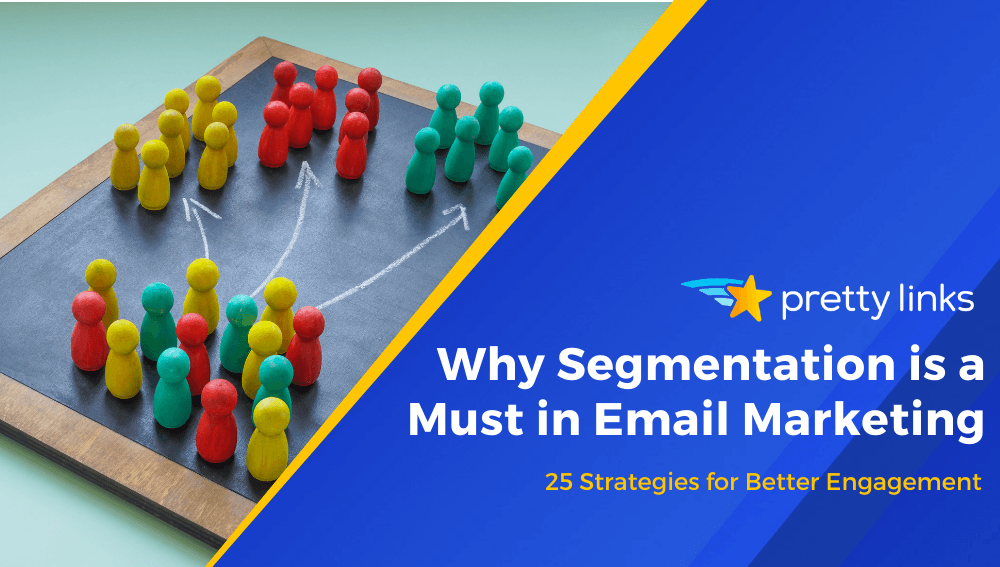
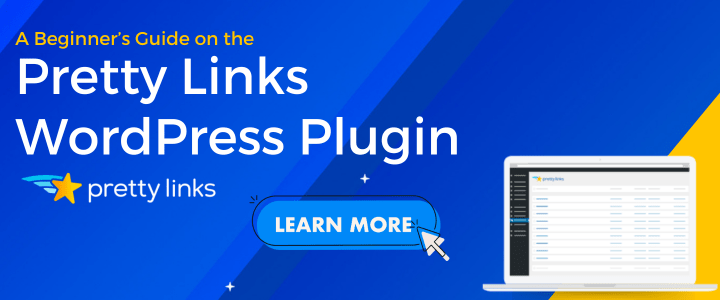
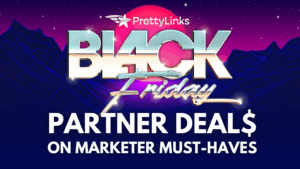
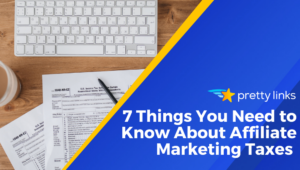
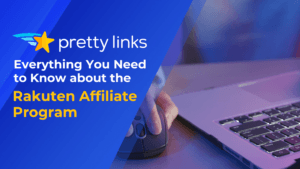
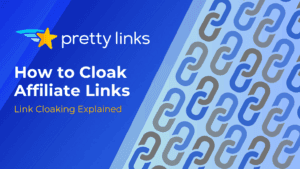
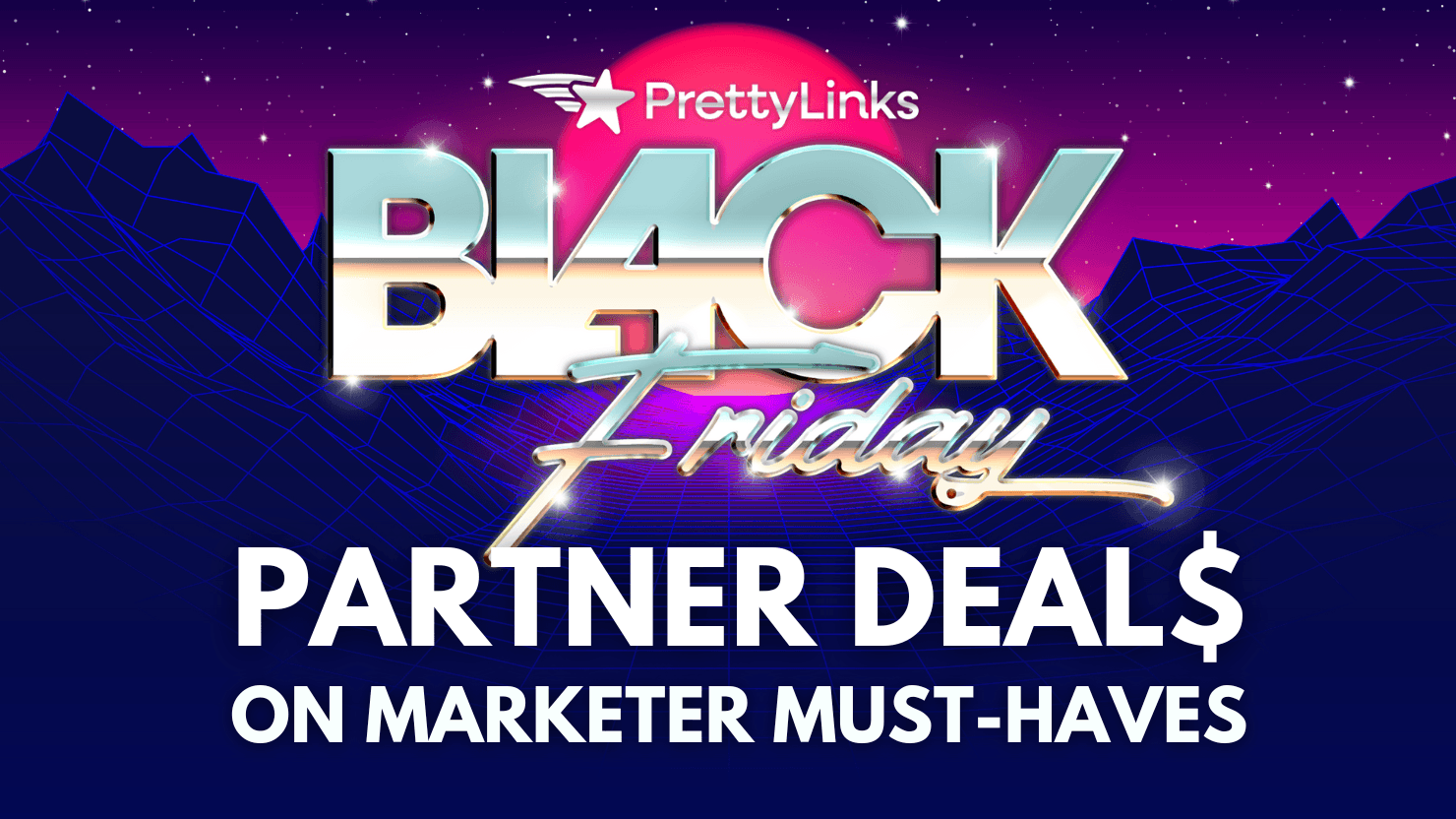
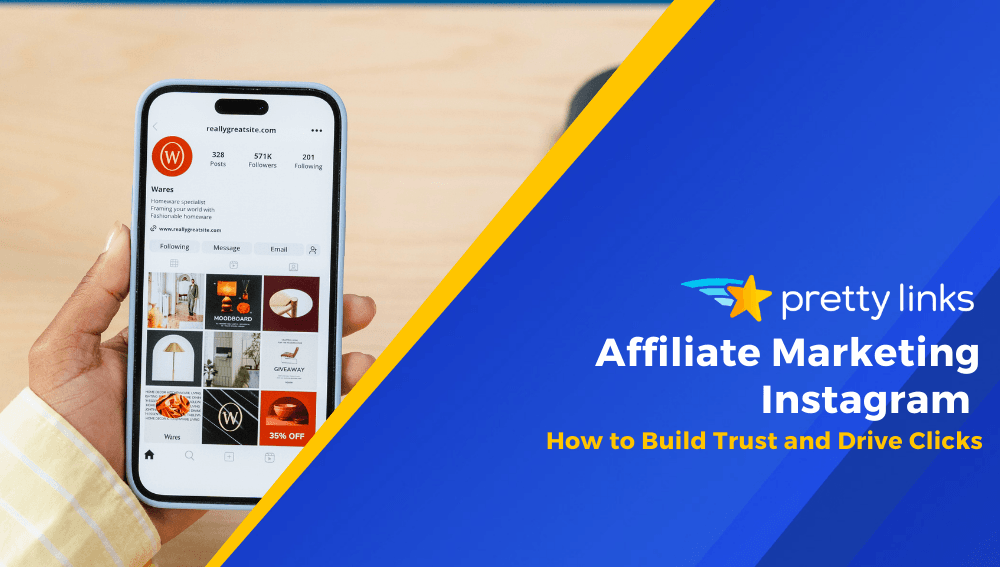
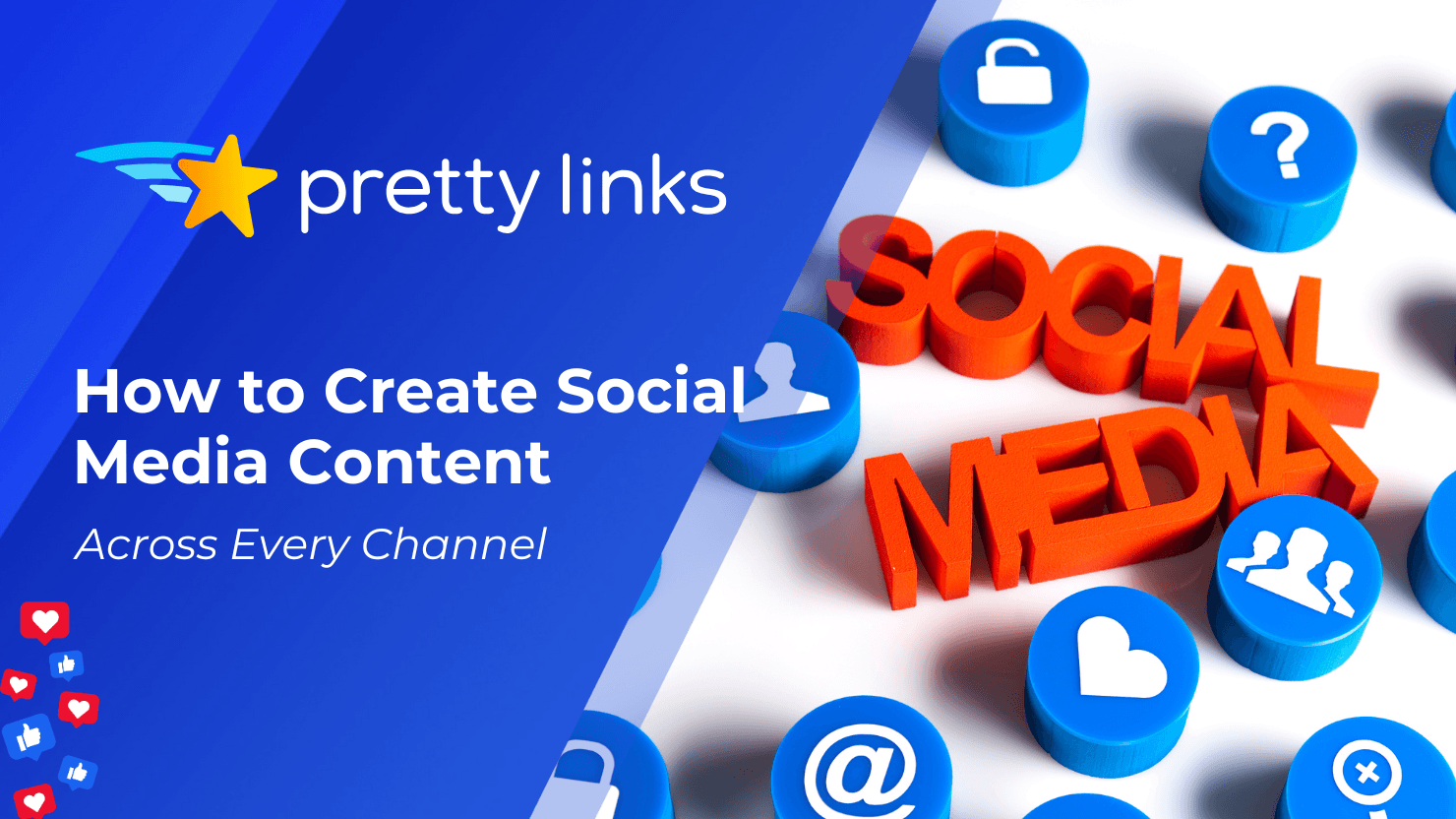
Deixe um comentário